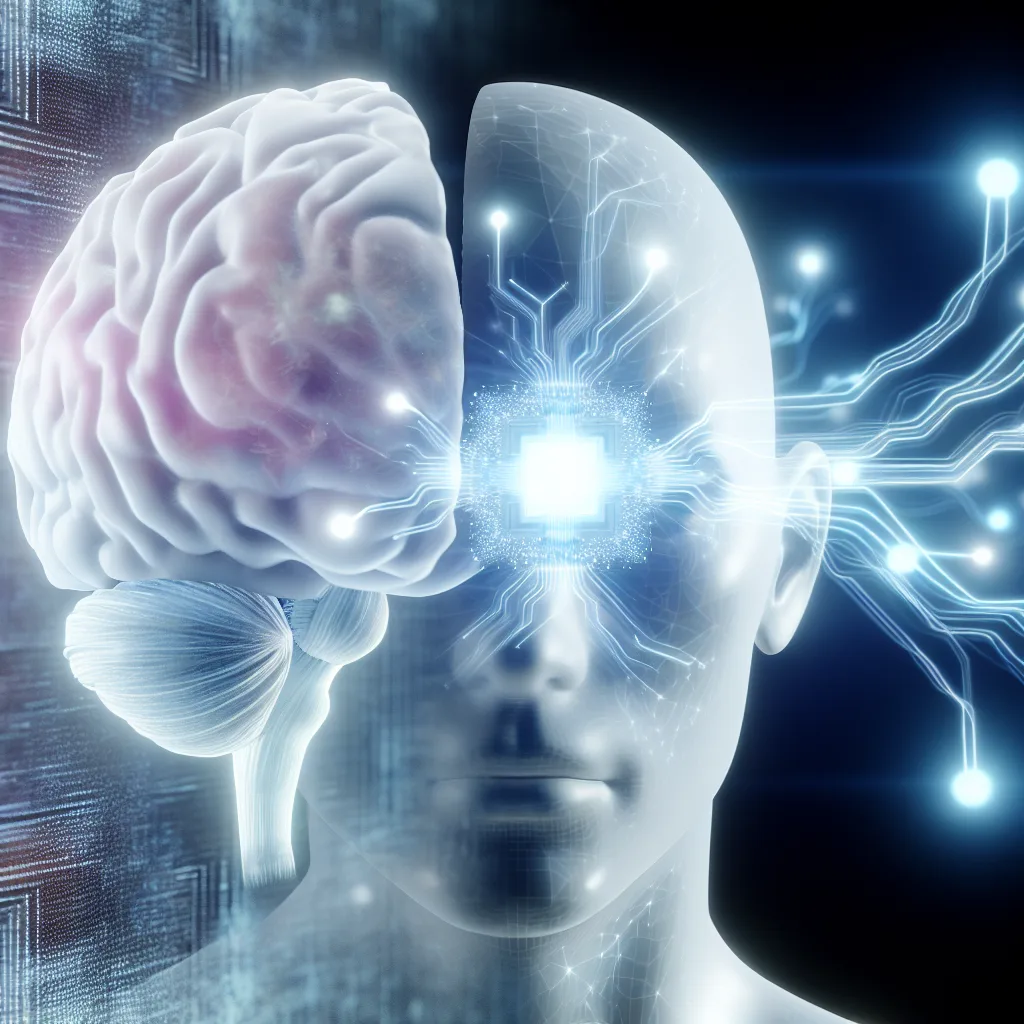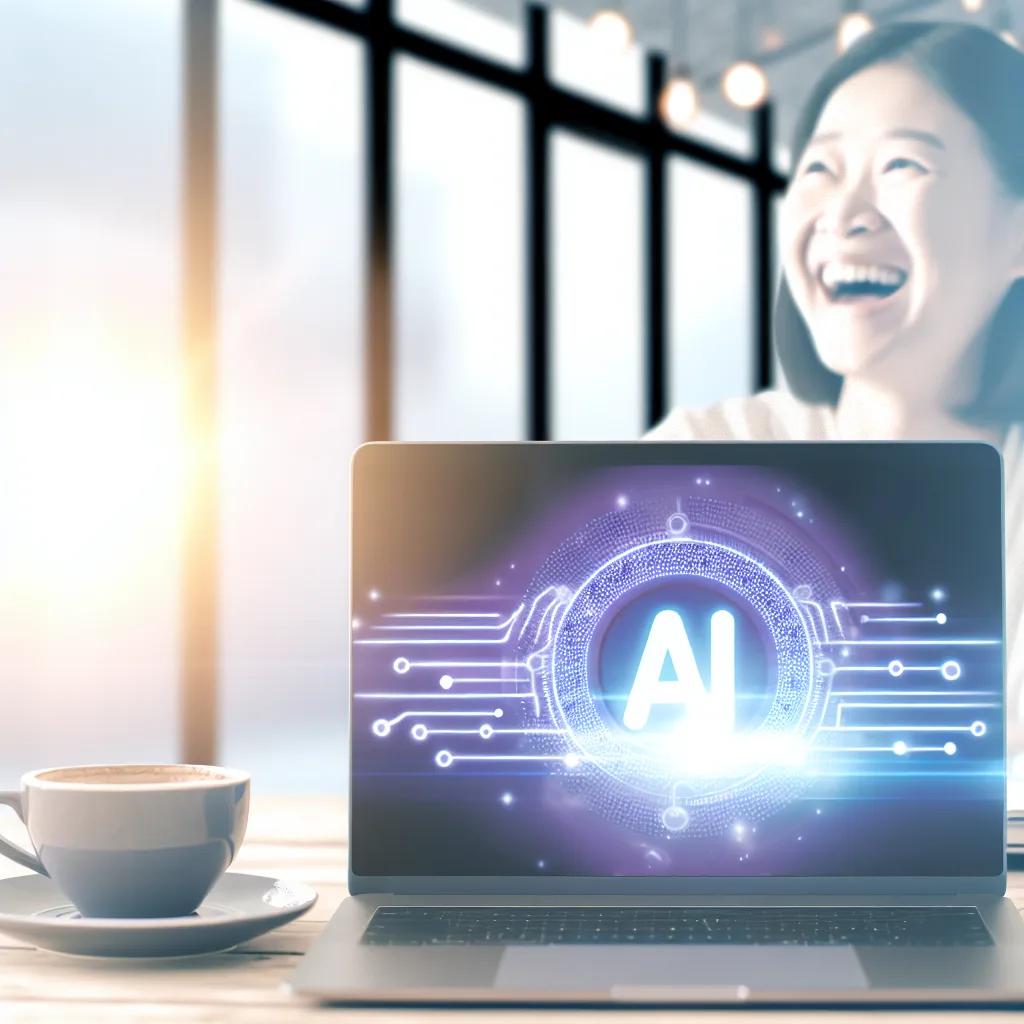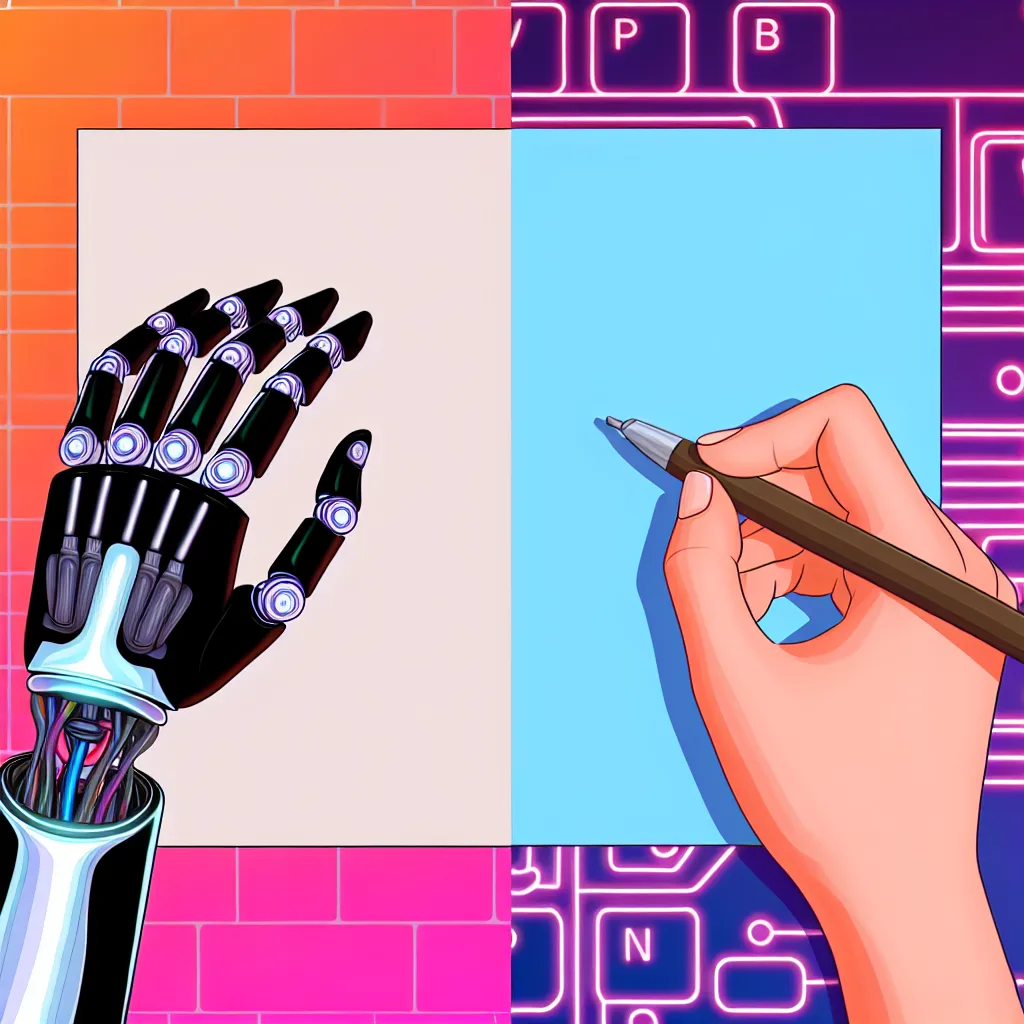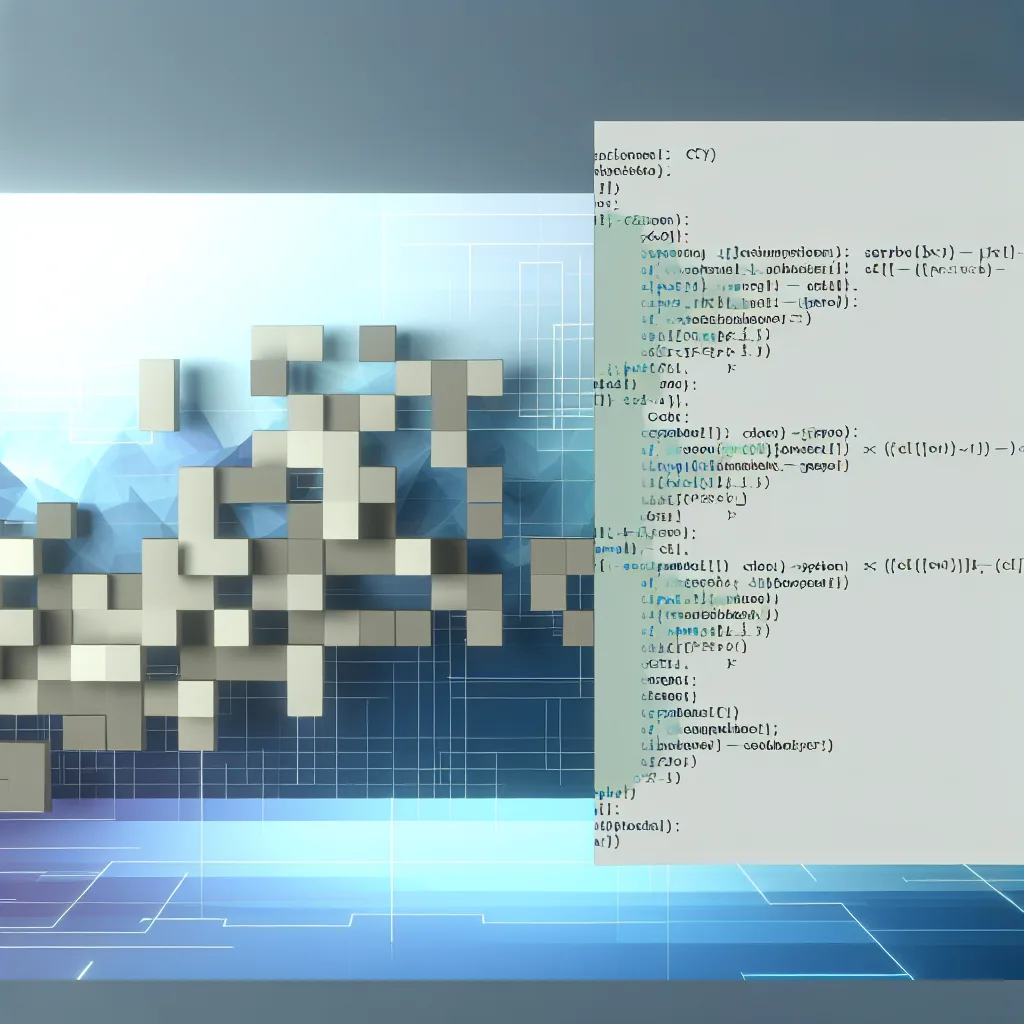Understanding the impact of AI disruption on jobs and the economy through 2030
If you’ve been hearing a lot about artificial intelligence lately, you’re not alone. AI seems to be popping up everywhere, promising to make work easier and businesses more efficient. But behind the buzz, there’s a deeper story about the AI economic impact that’s worth talking about, especially as we look toward 2030.
Imagine a world where AI isn’t just helping with simple tasks but is capable of doing complex jobs — the kind that people have trusted humans to do for years, like in finance, law, or tech. That’s where we seem to be headed. And while it might sound like a great way to save time and money, it could come with some pretty serious consequences.
What’s the AI Economic Impact on Jobs?
By 2030, many workers in what we consider white-collar jobs could see their incomes take a hard hit. The prediction? Income drops of 40–50%. So, a worker making $100,000 today might find themselves earning $50,000 or less, adjusted for inflation. This sharp decline comes from a few things: AI automating tasks that humans used to do, jobs disappearing, and wages not keeping up.
But this AI wave is different from past tech changes. Usually, when machines took over some work, new types of jobs popped up to balance things out. Think of how the internet led to roles that didn’t even exist before. The problem now? AI can handle complex thinking tasks, so fewer new jobs might be created to replace those lost.
How Does This Affect People’s Financial Lives?
Many households today lean on credit cards or loans to make ends meet. If incomes shrink, paying off debt becomes tougher. Plus, interest rates are climbing, and banks are tightening lending rules. This means people might have less freedom to borrow or spend. The result? More financial stress and less money flowing through the economy.
The Business Paradox: Saving Money but Losing Customers
Here’s the tricky part. Companies adopt AI to cut costs and boost profits. That makes sense — fewer employees or faster automation can save money. But if lots of people earn less, they won’t buy as much. So businesses could end up with a smaller customer base. In the long run, that might hurt their profits and growth.
A Potential Vicious Cycle
Lower incomes lead to less spending. Less spending means businesses earn less, so they cut costs even more, sometimes by automating further or reducing staff. This tightens the squeeze on workers again. And the cycle continues. Meanwhile, profits and wealth tend to concentrate in a few large, AI-driven firms, while most people struggle.
What Can We Do?
It’s clear that the AI economic impact is a big challenge. But it’s not set in stone. Policymakers and business leaders can step in to manage this transition. Ideas include retraining programs, stronger social safety nets, and rules that encourage responsible AI use. The goal is to balance efficiency with fairness — so AI helps everyone, not just a few.
For those interested in diving deeper, check out resources like the Brookings Institution’s reports on AI and the economy or the World Economic Forum’s insights on the future of work.
In the end, AI is a powerful tool, but like any tool, how we use it matters. The choices we make now can shape a future where technology lifts us all up, or one where it leaves many behind. It’s a conversation worth having, because the AI economic impact is not just about machines — it’s about people’s lives and livelihoods.








